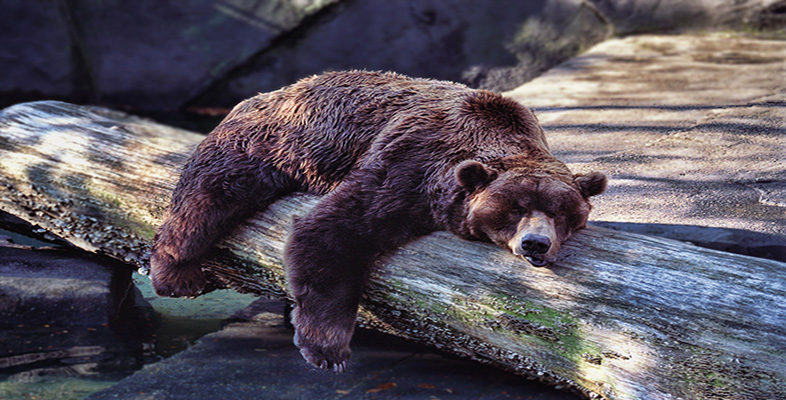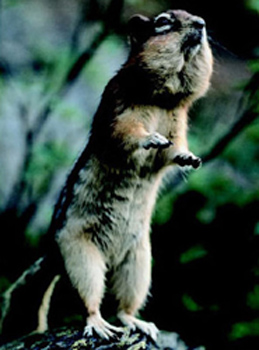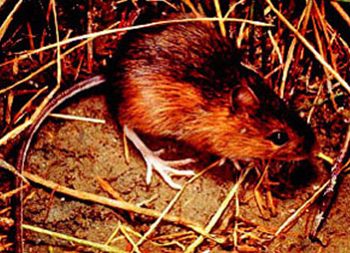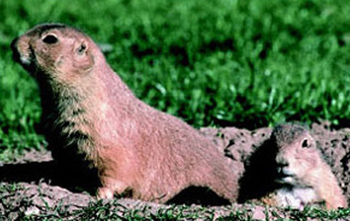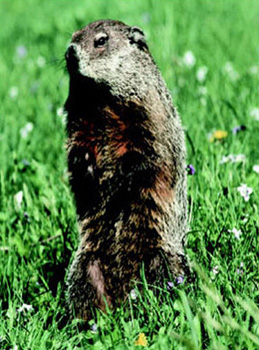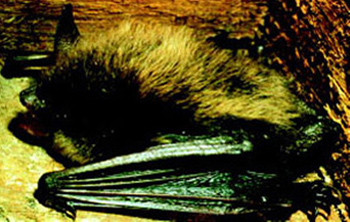2.4 Summary
Adaptive hypothermia occurs widely in both mammals and birds, but the ability is scattered throughout different families: even within single families, some species show torpor and some do not, suggesting that the ability may have evolved independently many times. Whereas a number of small birds show a daily, shallow torpor, so far only the poor will has been described as showing extended bouts of torpor comparable to those seen in mammals. Species of birds and mammals that hibernate (Figures 5 to 9) seem to have a highly advanced euthermic ability and in most cases can control T b closely down to 3–4°C, contrary to earlier views which assumed that hibernation was a manifestation of poor thermoregulatory ability.
